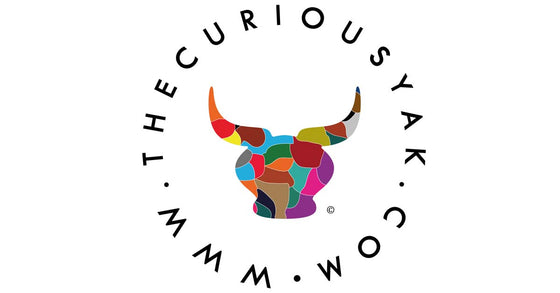
15 Facts About Yaks
-
Due to the hostile dwellings of the Yak, the only predator is the Himalayan wolf which tries to kill baby yaks (boo)
-
The course tail hair of the yak is used to create fake beards worn by actors in Chinese opera.
-
Yaks can endure winter temperatures on the Nepal and Tibetan plateau of -40; they have been seen bathing in unfrozen lakes and rivers.
-
Entertainment prospect are few and far in some desolate Himalayan region. Yak Polo was invented to entice tourists to visit remote locations and part with money. Yak polo has now become a popular pastime for locals.
-
Yak dung is used to provide insulation on the wall of small huts much like the Cob houses seen in the UK today.
-
Yak dung is used as fuel for cooking on open fires. The manure is collected and dried in the sun. Once dried is it can be stored for use in the harsh winter months. Yak dung acts as an excellent kindling.
-
Yaks live for approximately 20 years.
-
Yak milk contains more protein than cow, goat, or even human milk. It is higher in amino acids and individual amino acids
-
Yaks are natural pack animals and live in groups of 10 up to 100 animals. Groups are composed of a large number of females and several males.
-
Yaks are used by numerous Sherpas each year while escorting tourists up to Mt Everest. The yaks split hooves help in their stability up the mountains rocky and icy terrain.
-
A female yak, known locally as a “Nak” is pregnant for 7 to 8 months.
-
I popular dish in Mongolia is “Milk Wine” (locally known as “Archi”) which is achieved by fermenting then distilling the yak milk in a leather pouch.
-
The average Yak weighs between 220 to 580kg.
-
Temperate over 15°c would be fatal to a Yak, causing heat exhaustion.
-
Yak meat is thought to be superior to buffalo and elk with a sweet and delicate flavour.
All images on this blog have been taken by us with permission of all involved. All images are protected under copyright are not to be used without written consent.
